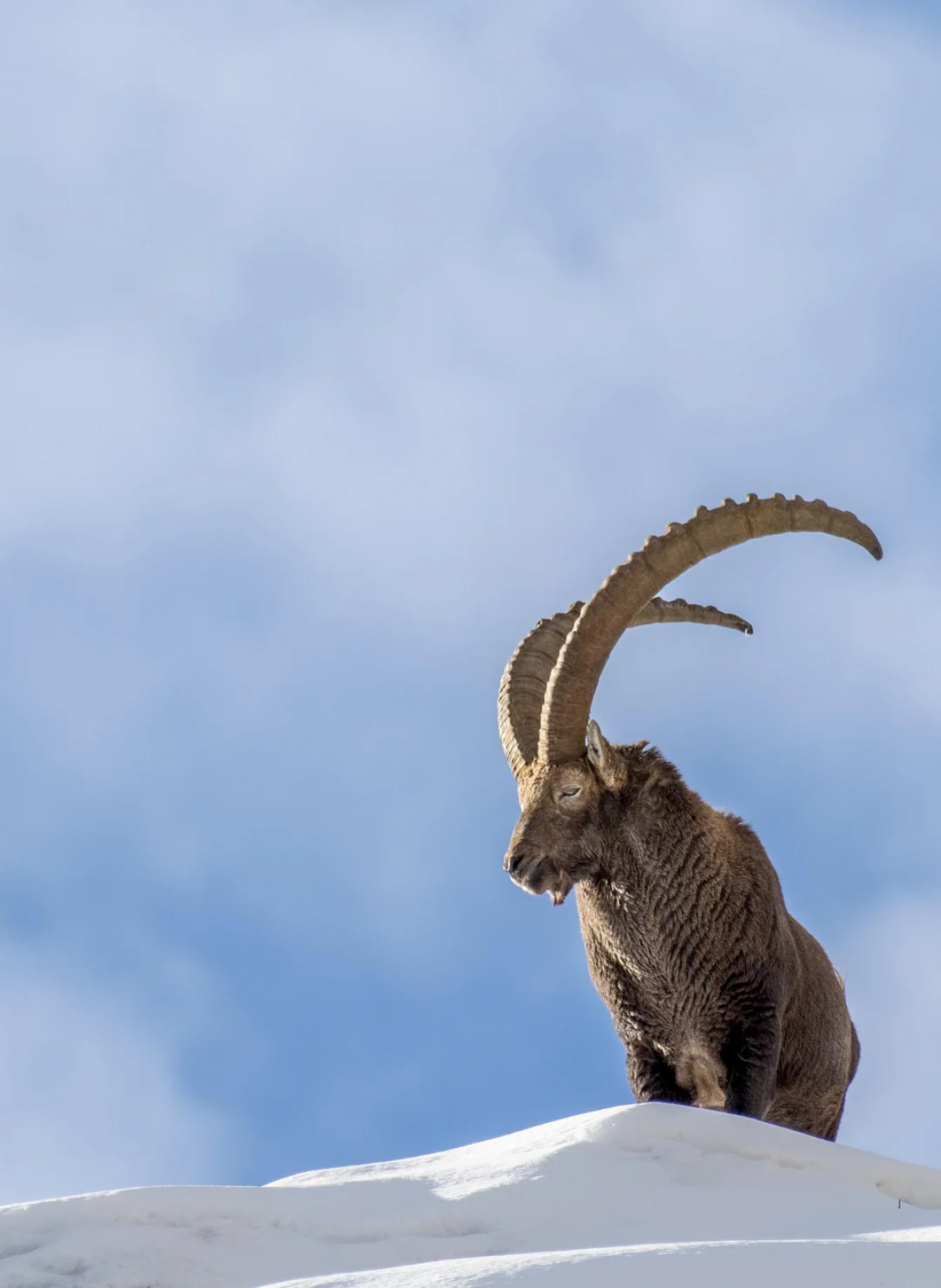The ibex, an iconic symbol of the Alps, is a fascinating animal that evolves with the seasons in the mountains. Explore in this article a comprehensive guide to the four seasons of the ibex, from its natural habitat to its seasonal behaviors.
Spring: The Rebirth of the Ibex
With the arrival of spring, the ibex emerges from hibernation zones to explore the blooming meadows of the Alps. It's the season of birth for these animals, where young ibexes discover the world. Learn more about the ibex's feeding habits and its adaptation to spring conditions.
Summer: The Ibex's Peak Season in the Mountains
In summer, ibexes take advantage of the abundance of alpine flora to feed and prepare for winter. Discover how dominant males fight for supremacy and how females protect their young. Explore also the ibex's adaptation techniques to summer temperatures.
Autumn: The Ibex's Winter Preparation
As autumn approaches, the ibex begins its descent to lower altitudes, preparing its body and mind for the coming months. Learn about the ibex's migration strategies and the behavioral changes that mark this season.
Winter: The Ibex's Resilience in Extreme Conditions
Winter is a delicate period for the ibex, where snow and cold dominate. Learn how the ibex uses its agility and intelligence to find food and protect itself from the elements.
Conclusion: The Ibex's Adaptability to Seasons
The ibex, through its ability to adapt to changing seasons, is a remarkable example of resilience and survival in the mountains. Each season brings its challenges, but the ibex persists, symbolizing the beauty and strength of alpine ecosystems.
![ESI [Été]](/build/assets/images/logo_esi-summer.5a9842b9..png)


